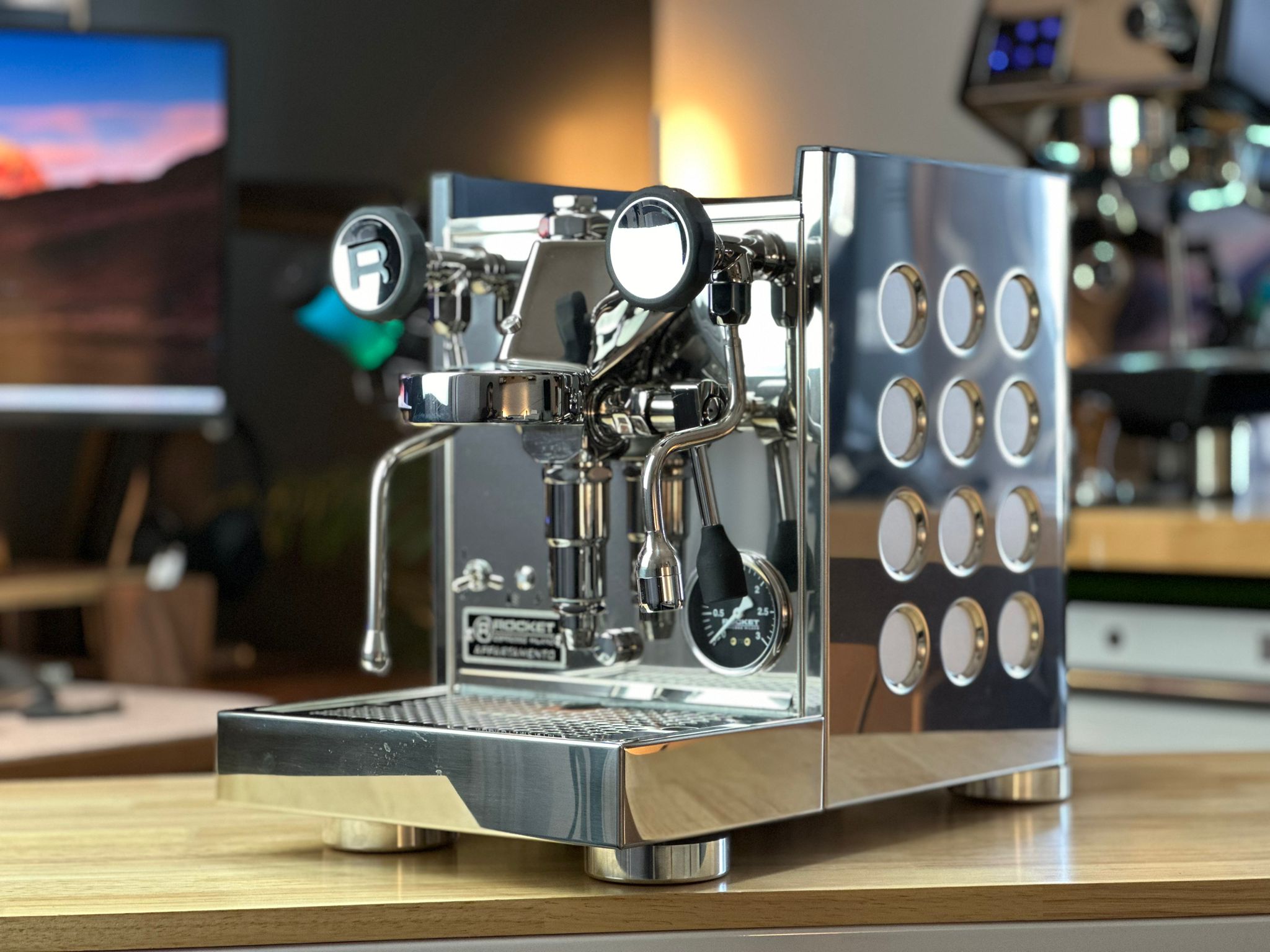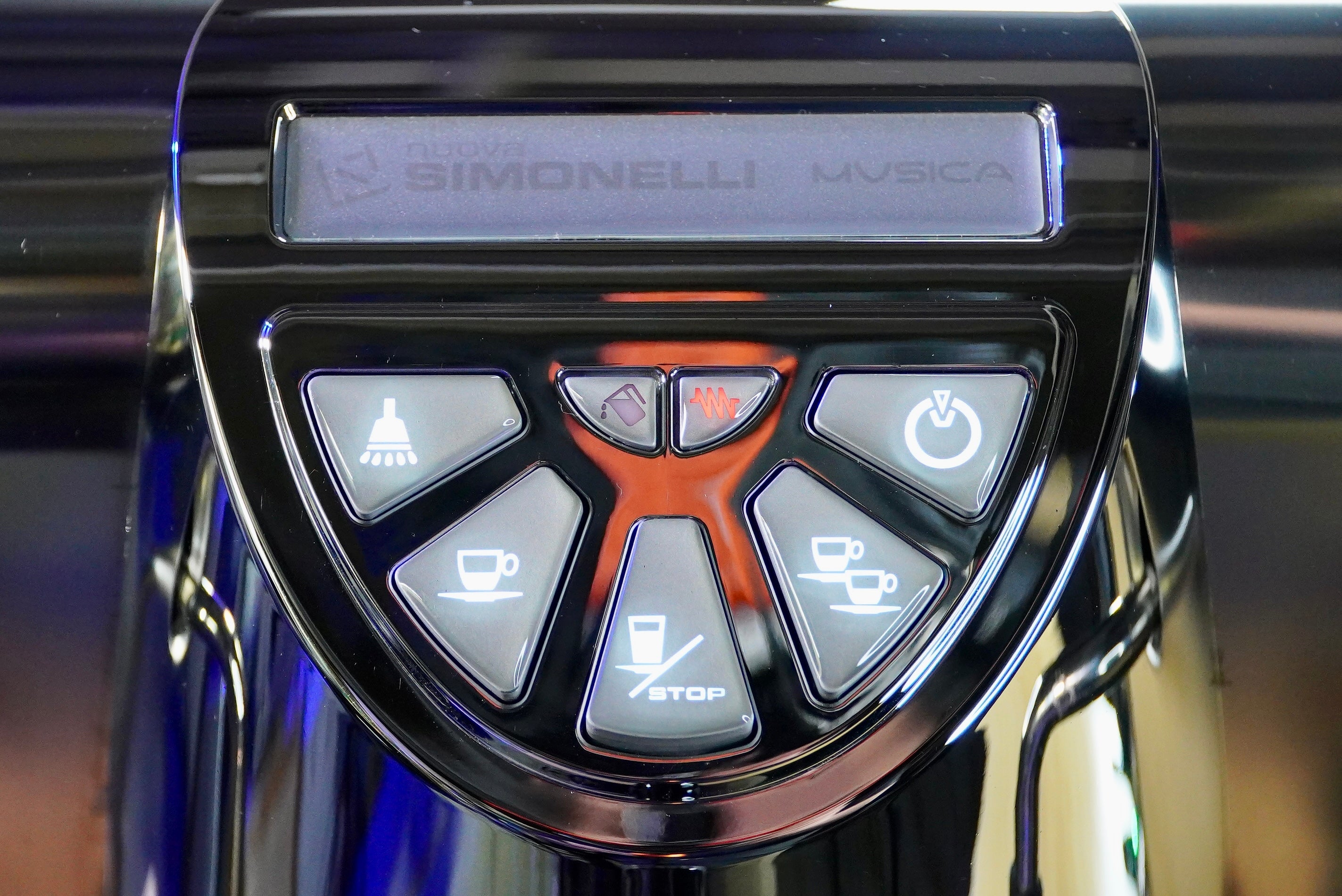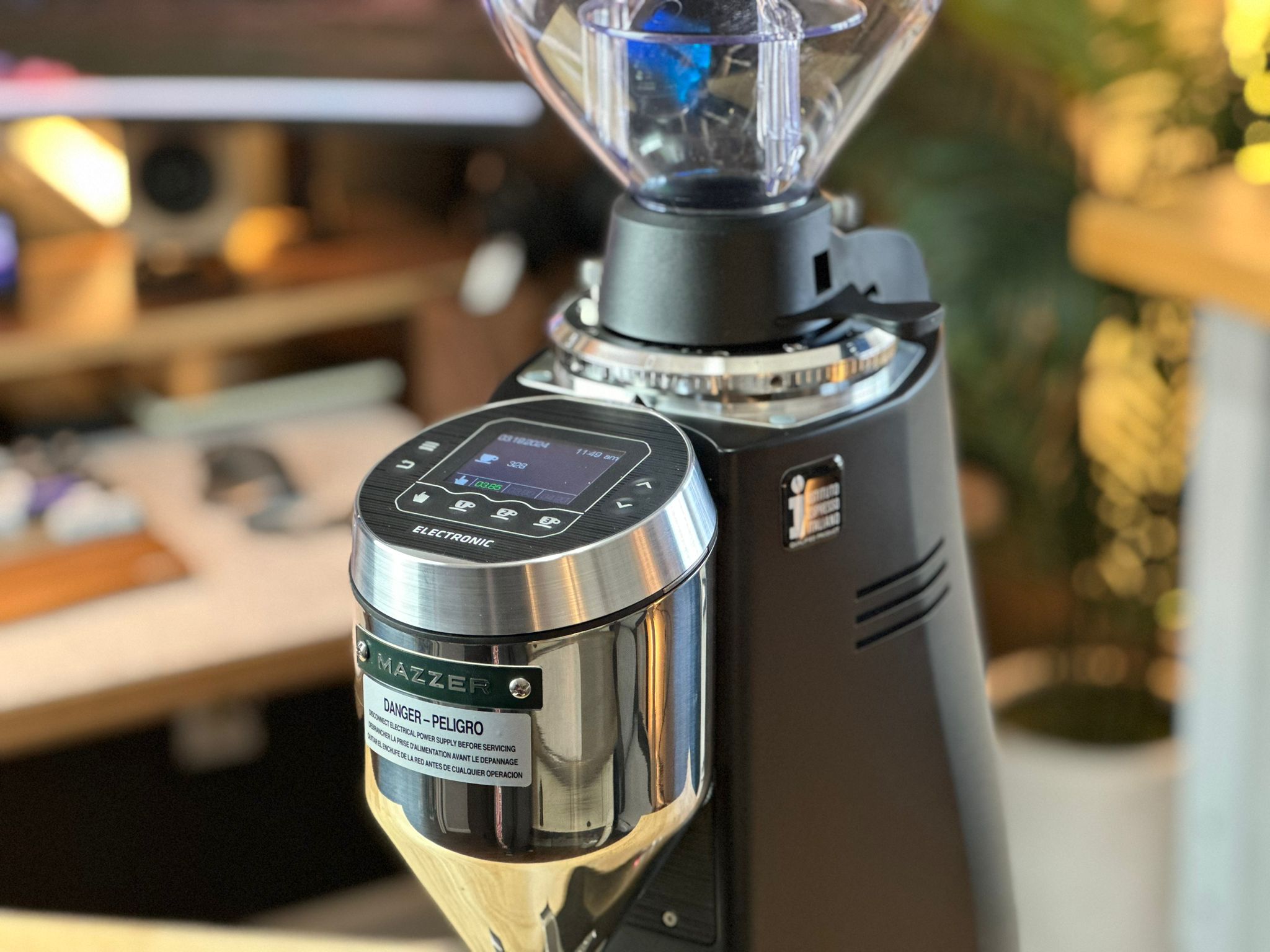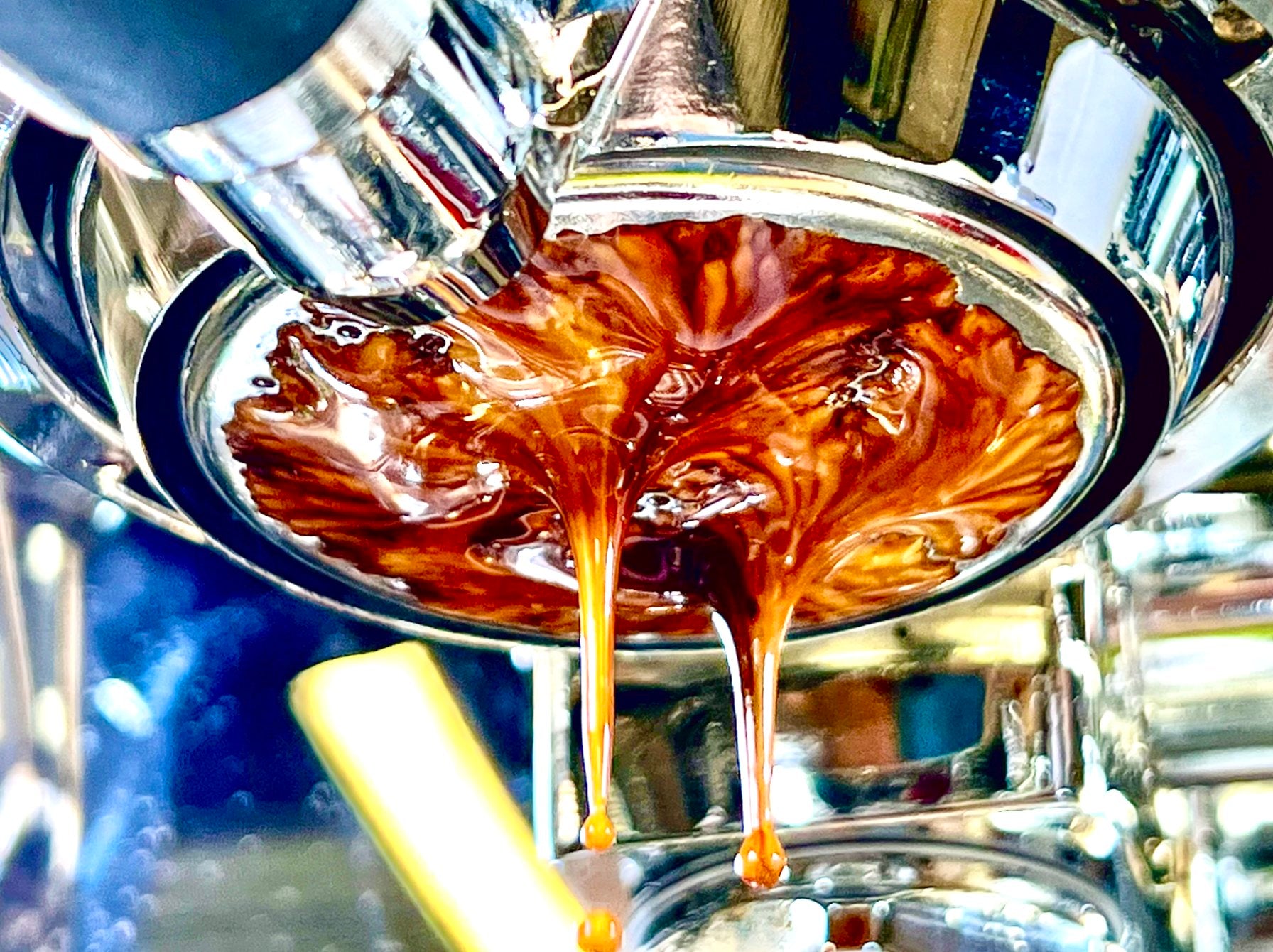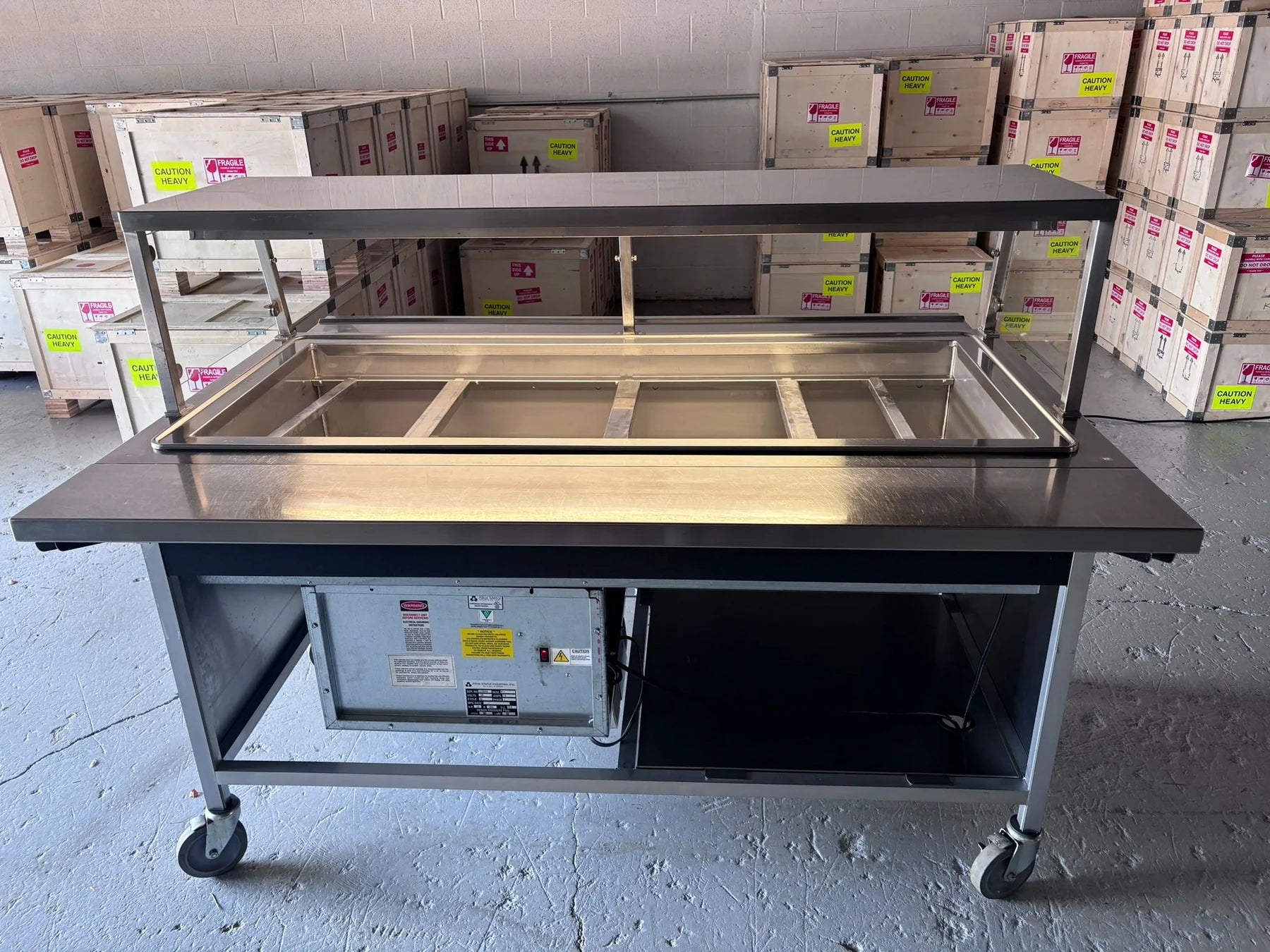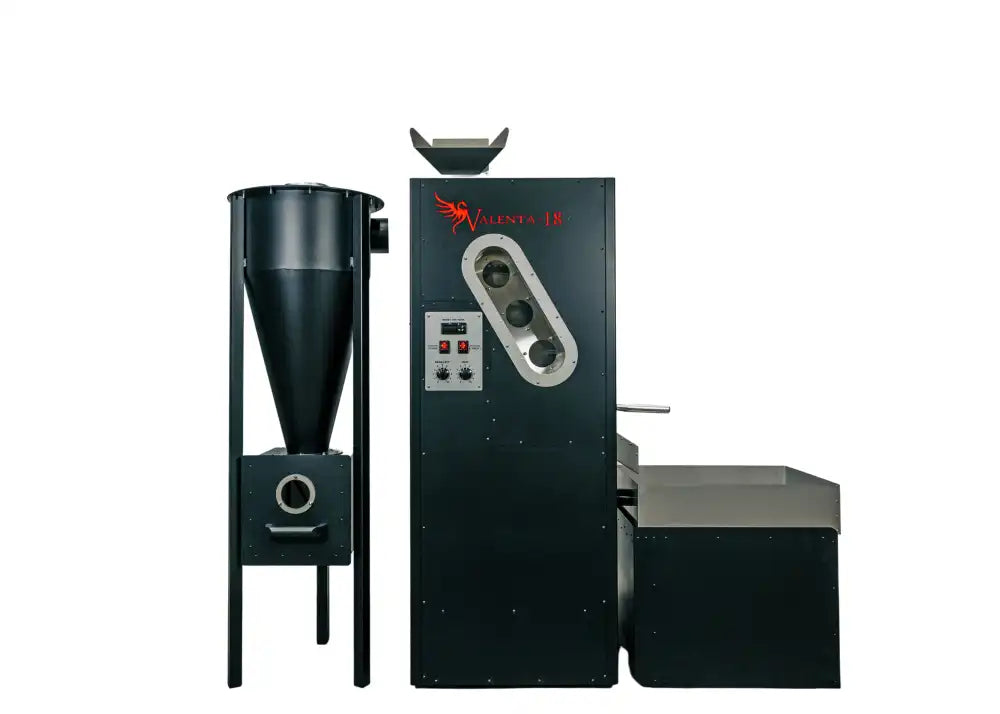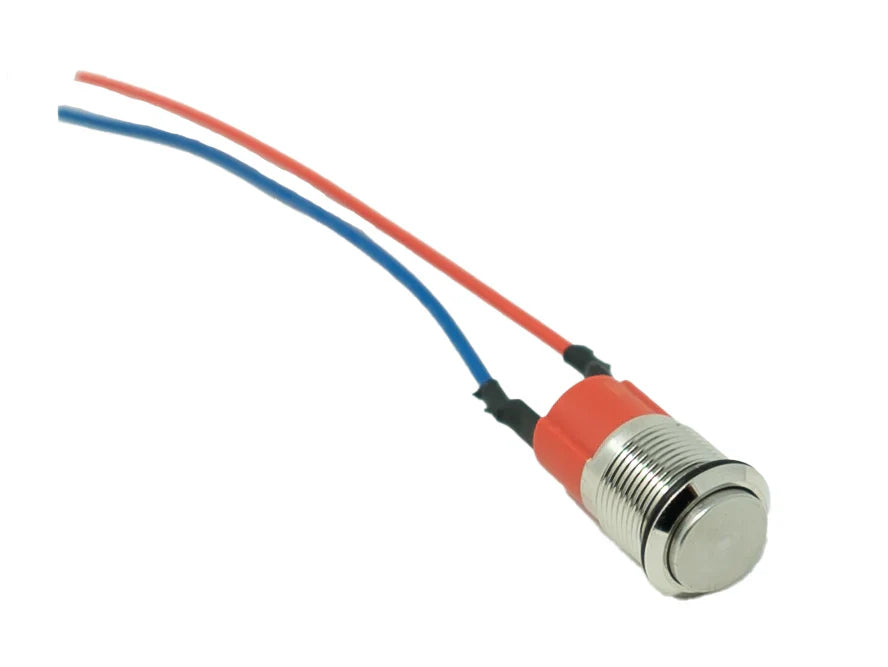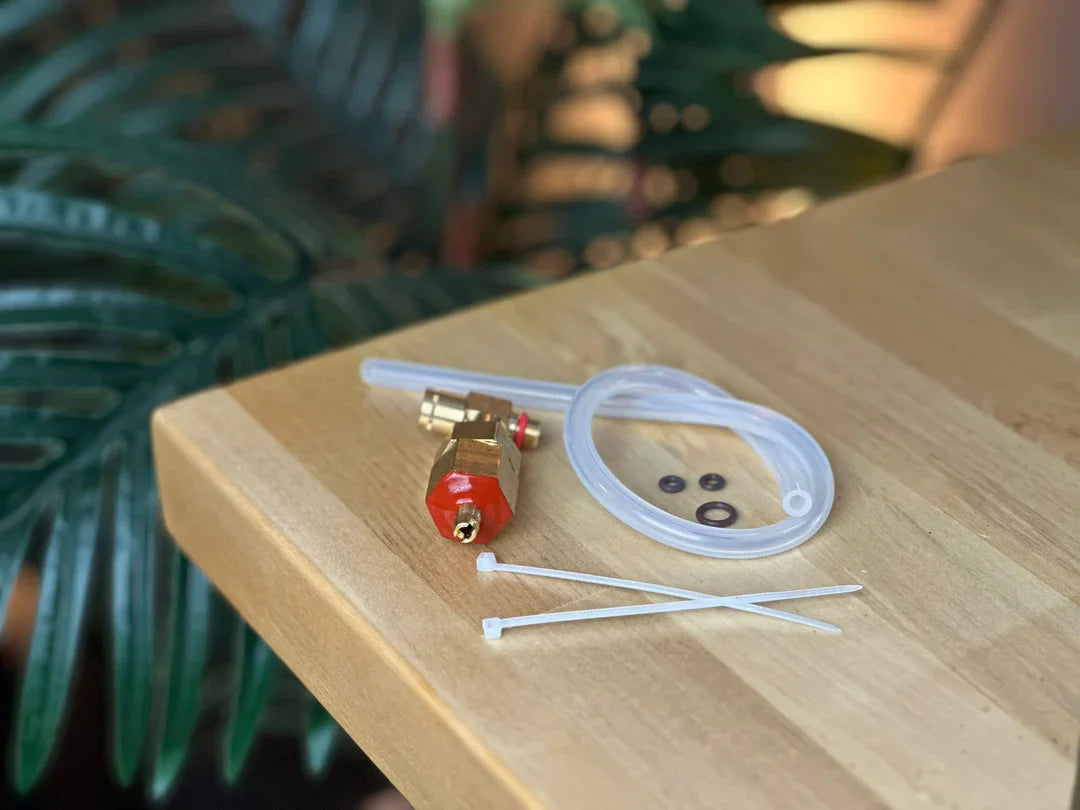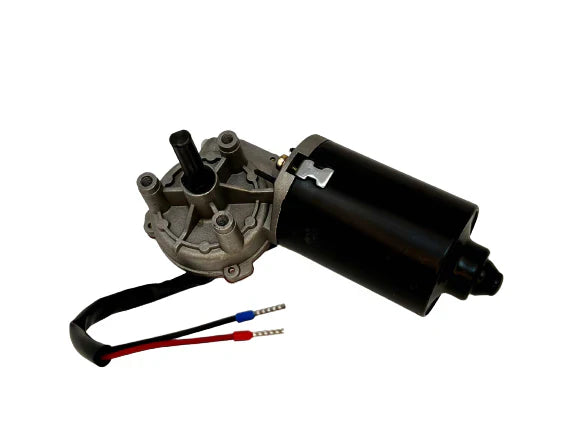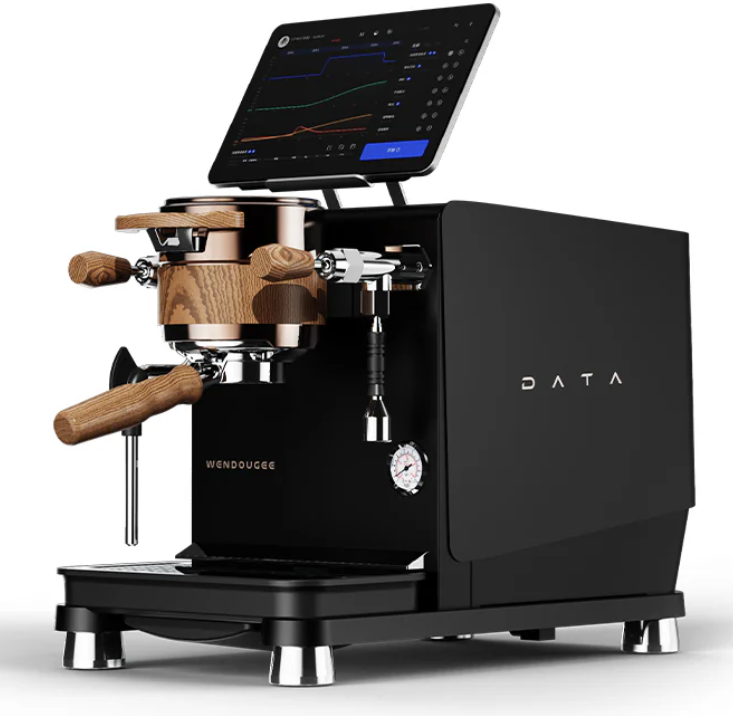To Stir or To Swirl: Achieving the Best Espresso Experience
One of the more nuanced and debated practices in the world of espresso consumption is whether to stir or swirl your espresso before drinking it. Both methods aim to enhance the flavor profile and balance the complex layers within the shot, but which one offers a superior experience? Opinions differ even among experts, with some advocating for a thorough stir, while others prefer the gentler act of swirling. In this article, we'll explore the benefits of both approaches and dive into expert opinions, including those of James Hoffmann and Robert Aloe.
Why Do We Need to Stir or Swirl?
Espresso is a multi-layered drink. It consists of a dense layer of emulsified coffee oils called crema at the top, a middle layer of more concentrated coffee, and a lower layer of lighter liquid. Without mixing these layers, you could experience an imbalanced shot, with the first sip often dominated by the bitter crema, and the last sip feeling thin or sour.
Mixing the espresso is intended to integrate these layers, providing a balanced and cohesive flavor profile. However, how to mix—whether through stirring or swirling—remains a matter of debate.
The Case for Stirring: James Hoffmann’s Opinion
James Hoffmann, a renowned figure in the coffee industry and 2007 World Barista Champion, is a strong advocate for stirring espresso before consumption. In his influential video and blog content, Hoffmann argues that stirring provides a more thorough and consistent blend of the espresso's layers. He believes that stirring allows the flavors to meld together more effectively, ensuring that every sip offers the full spectrum of flavors intended by the barista.
Hoffmann emphasizes that the crema in espresso can often be quite bitter on its own, so leaving it undisturbed may give you a harsh first sip. Stirring helps to dissolve the crema back into the espresso, making it less dominant and balancing the flavor profile across the entire shot. He often uses a small spoon to gently stir the shot, mixing the crema with the denser liquid below it.
According to Hoffmann, stirring also offers consistency for those who enjoy their espresso with milk. He suggests that milk combines better with a stirred shot because the flavors are already integrated, creating a more balanced flavor when the milk is added.
The Case for Swirling: Robert Aloe’s Perspective
On the other hand, Robert Aloe, another influential voice in the coffee community and author of espresso-related literature, offers a different take. Aloe argues that swirling the espresso cup provides a gentler form of integration that preserves some of the layered complexity while still reducing the bitterness of the crema.
According to Aloe, swirling introduces just enough movement to break up the crema and mix the top and bottom layers without overblending the shot. This approach allows drinkers to experience the evolving flavors of the espresso throughout the sip. Swirling is particularly beneficial for those who appreciate the textural nuances of espresso, as it avoids fully dissolving the crema, leaving a bit of that velvety mouthfeel intact.
Aloe believes that swirling, rather than stirring, allows for a more gradual flavor development. As you sip, you get to experience the changing dynamics of the espresso, starting with a slight hint of crema’s bitterness followed by the fuller, sweeter flavors beneath. He advocates for this method particularly for single-origin espressos, where the complexity and unique characteristics of the coffee beans are best appreciated through a more delicate approach to mixing.
Comparing Stirring and Swirling
Both methods serve to improve the overall balance of espresso, but they differ in terms of how thoroughly they mix the shot and what kind of experience they deliver.
-
Stirring:
- Thorough Mixing: Stirring ensures all layers—crema, body, and liquid—are fully combined, providing a consistent taste from the first sip to the last.
- Balanced Flavor: By fully integrating the bitter crema with the sweeter elements below, stirring provides a more uniform flavor profile.
- Better for Milk-Based Drinks: If you plan to add milk, stirring helps integrate the espresso's flavors more evenly.
-
Swirling:
- Gentler Integration: Swirling lightly blends the layers without fully dissolving the crema, allowing for some textural variation and a less homogenized shot.
- Flavor Progression: Swirling offers a more dynamic experience, where the flavors evolve from sip to sip as the layers slowly mix.
- Better for Espresso Purists: Those who prefer to appreciate the nuances of each layer may enjoy the complexity that swirling preserves.
The Final Verdict: Which Method is Better?
There is no definitive answer to whether stirring or swirling is better—it largely depends on personal preference and the type of espresso you're drinking.
- If you prefer consistency: Stirring is likely the better option. It provides a balanced shot where the bitterness of the crema is tamed and the sweetness of the espresso shines through.
- If you enjoy evolving flavors: Swirling may offer a more intriguing experience, especially for single-origin espressos where the unique flavor notes of the beans are better appreciated over time.
Ultimately, both techniques aim to enhance the espresso experience by ensuring that the flavor layers are more harmonious. Experiment with both methods to see which you prefer and which best complements the espresso you are drinking.
Conclusion
The debate between stirring and swirling espresso has advocates on both sides, with experts like James Hoffmann favoring stirring for its ability to create a uniform, balanced shot, and Robert Aloe suggesting that swirling allows for a more delicate and evolving flavor experience. Each method has its strengths, and the best choice depends on your taste preferences and the type of coffee you're drinking.
Next time you enjoy a shot of espresso, try both techniques to discover which one enhances your experience the most. Whether you stir for balance or swirl for complexity, both methods can elevate your espresso experience to new heights.


